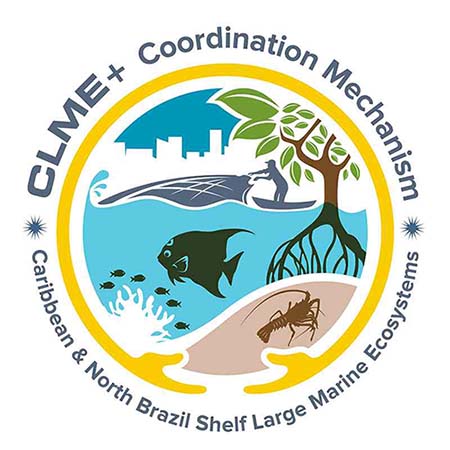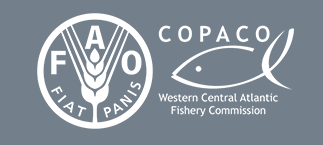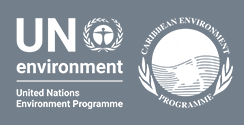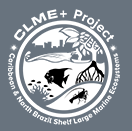Large Marine Ecosystems OLD
Large Marine Ecosystem
Large marine ecosystems (LMEs) are areas of the world’s oceans, encompassing coastal areas from river basins and estuaries to the seaward boundaries of continental shelves and the outer margins of the major ocean current systems. They are relatively large regions on the order of 200,000 km² or greater, characterized by distinct bathymetry, hydrography, productivity, and trophically dependent populations. Productivity in LME protected areas is generally higher than in the open ocean.
The system of LMEs has been developed by the US National Oceanic and Atmospheric Administration (NOAA) to identify areas of the oceans for conservation purposes. The objective is to use the LME concept as a tool for enabling ecosystem-based management to provide a collaborative approach to the management of resources within ecologically-bounded transnational areas. This will be done in an international context and consistent with customary international law as reflected in 1982 UN Convention on the Law of the Sea. (National Oceanic and Atmospheric Administration).
Although the LMEs cover mostly the continental margins and not the deep oceans and oceanic islands, the 66 LMEs produce about 80% of global annual marine fishery biomass. In addition, LMEs contribute $12.6 trillion in goods and services each year to the global economy. Due to their close proximity to developed coastlines, LMEs are in danger of ocean pollution, overexploitation, and coastal habitat alteration. NOAA has conducted studies of principal driving forces affecting changes in biomass yields for 33 of the 66 LMEs, which have been peer-reviewed and published in ten volumes
LME-based conservation is based on the recognition that the world’s coastal ocean waters are degraded by unsustainable fishing practices, habitat degradation, eutrophication, toxic pollution, aerosol contamination, and emerging diseases, and that positive actions to mitigate these threats require coordinated actions by governments and civil society to recover depleted fish populations, restore degraded habitats and reduce coastal pollution. Five modules are considered when assessing LMEs: productivity, fish and fisheries, pollution and ecosystem health, socioeconomics, and governance. Periodically assessing the state of each module within a marine LME is encouraged to ensure maintained health of the ecosystem and future benefit to managing governments. Source: National Oceanic and Atmospheric Administration.
